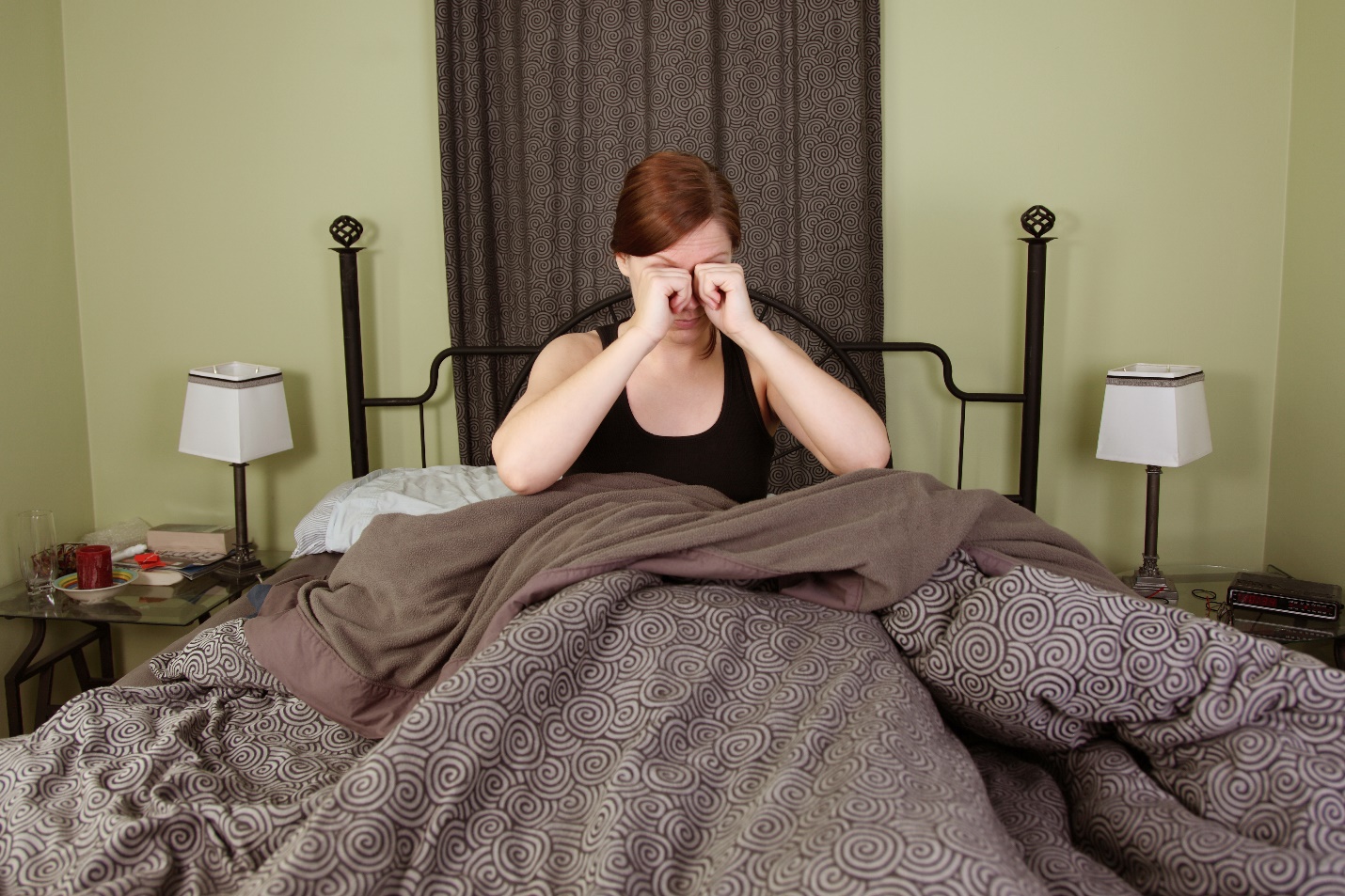Eye gunk, crust, or “sleep” is the crusty material in the corners of your eyes when you wake up in the morning. Eye discharge forms because when you’re asleep, you don’t blink the way you do during the day, which normally happens 10 to 20 times per minute. Blinking washes away protective mucus. Otherwise, it collects into a substance called rheum. While this is normal, underlying problems may be present.
Here is more information on eye gunk to help determine whether you need to see an eye doctor at ADV Vision Centers.
How/Why Does Rheum Form?
Believe it or not, that crusty discharge has a purpose. Mucus is used to remove waste products, keep the eyes moist, and help protect them from debris. The mucus in your eyes is formed in the conjunctiva, a membrane around the eye and lining the inside of the eyelids. Oil is produced by the meibomian glands near the lower eyelashes. The mucus and oil can combine into a hard, crusty, or moist/sticky substance.
How Do I Safely Remove Eye Crust?
You probably wipe the crust away with your fingers without even thinking about it. However, this isn’t the most hygienic approach. It is best to wash your hands with soap and water first, and then use a washcloth soaked in warm water to loosen and remove the gunk. Rub gently with the washcloth. You can also avoid irritation and infection by removing makeup before you go to sleep and by not touching your face or eyelids during the day.
When Is Sleep Crust Not Normal?
If you are producing excessive discharge, it can be due to allergens or an infection. Blepharitis is an inflammation of the eyelids that can cause crusting; you may also notice your eyelids sticking together when you wake up. If the discharge turns yellow or green and you experience eye pain, light sensitivity, blurry vision, redness, and/or fever, see an eye care professional.
Conjunctivitis, otherwise known as pink eye, can also cause discharge to form. A contagious infection, it causes the blood vessels in the clear membrane around the eye to swell, making your eyes look red or pink. It has recently been noted as another coronavirus symptom. A blocked tear duct can also cause discharge to collect, as it is unable to drain into the ducts near your nose.
Dry eye is when the balance of tears is off, meaning there’s not enough water, mucus, oil, or antibodies, or when tear production stops. Emergency tears are automatically produced. Not as nourishing, they can form strings of gunk in your eyes. Abnormal discharge can also be created by a corneal ulcer, which can happen in extreme cases of dry eye or if you have an infection.
Schedule an Appointment Today
ADV Vision Centers in Paso Robles, Santa Maria, and San Luis Obispo, CA provide LASIK, cataract surgery, and treatment for any eye condition. If you experience more crust than usual, suspect an eye condition, or need to schedule a free consultation for an eye operation with one of our experienced doctors, call 805-987-5300 today!








